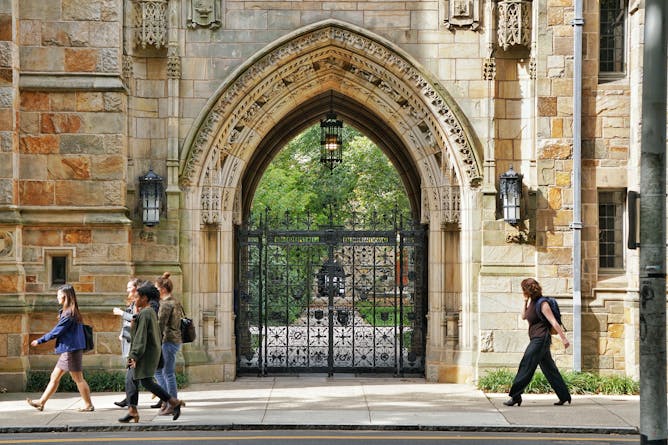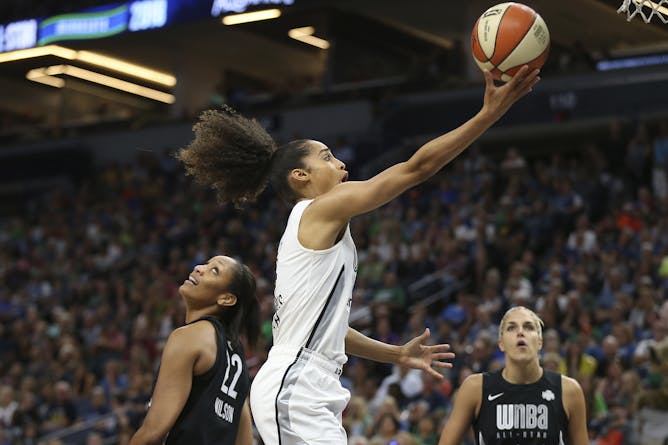|
|
|
Editor's note
|
|
When it comes to affirmative action, it’s not just a means to achieve greater racial diversity in higher education. Scholars Juan Miró and Edmund T. Gordon argue it’s also a way for universities to make up for a period in the early 20th century when many universities helped lay the intellectual foundation for eugenics, a pseudoscience used to justify racism.
In 2015, more than 320 million tons of plastic polymers were manufactured across the globe. Today, we kick off a series of articles on plastic – how it’s affected our lives and the incredible amount of waste it creates. Eric Beckman of the University of Pittsburgh starts us off with a deep dive on the many materials we call “plastic” and the sometimes surprising ways in which they’re used.
Over the past couple of seasons, the WNBA has seen increases in revenue, attendance and TV viewership. According to University of Nevada, Las Vegas marketing researcher Nancy Lough, the league has been able to tap new revenue streams and creatively market its product to build up its fan base. So why aren’t the players getting their fair share of the pie?
|
Jamaal Abdul-Alim
Education Editor
|

|
|
Top stories
|

Historically, many American universities helped lay the foundation for eugenics, a pseudoscience used to justify racism.
Helioscribe/www.shutterstock.com
Juan Miró, University of Texas at Austin; Edmund T Gordon, University of Texas at Austin
Since US universities once stood at the forefront of the eugenics movement and its racist ideas, they should right the wrongs of the past by pursuing diversity on campus, two scholars argue.
|

Millions of tons of plastic are manufactured every year.
Bert Kaufmann/Wikimedia
Eric Beckman, University of Pittsburgh
In 2015, over 320 million tons of polymers, excluding fibers, were manufactured across the globe.
|

Through the 2018 WNBA All-Star game on July 28, viewership was up 38 percent compared to the same point last year.
AP Photo/Stacy Bengs
Nancy Lough, University of Nevada, Las Vegas
Like the WNBA, the NBA went through fits and starts in its early years. Yet despite drawing similar crowds in the 1960s, NBA players earned far bigger paychecks than today's WNBA stars receive.
|
|
|
|
|
Politics + Society
|
-
Nathaniel Swigger, The Ohio State University
A nail-biting race in what was thought to be a safe seat for Republicans in Ohio's 12th Congressional District is a troubling sign for the party in November.
-
Frank LoMonte, University of Florida
The Trump administration's hostility toward journalists is raising new questions about what rights journalists have to access government officials and events.
|
|
|
|
|
|
|
|
Trending on site
|
-
Frans von der Dunk, University of Nebraska-Lincoln
Forty-nine years ago, on July 20, 1969, American astronauts planted a US flag on the moon. A space lawyer explains the implications, who owns the moon, and what it means for lunar mining.
-
Miles Bodmer, University of Oregon; Doug Toomey, University of Oregon
A new array of seismometers provides a glimpse of what's happening deep beneath this geologic fault. New data help explain why the north and south of the region are more seismically active than the middle.
-
David Prologo, Emory University
Who hasn't been told to stretch before and after exercise to prevent injury and improve performance? There may be no scientific evidence to back that up, although stretching has other benefits.
|
|
|
|
| |
| |
|
|
|
|
|
|
|